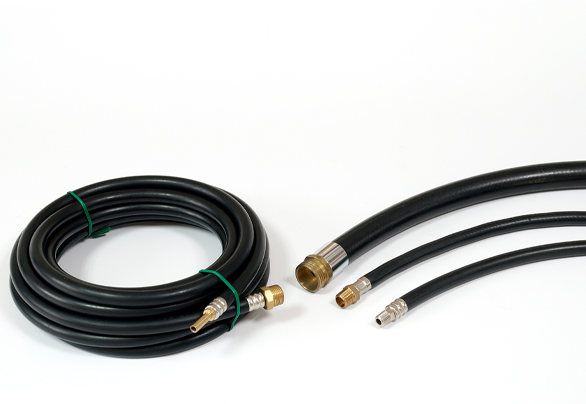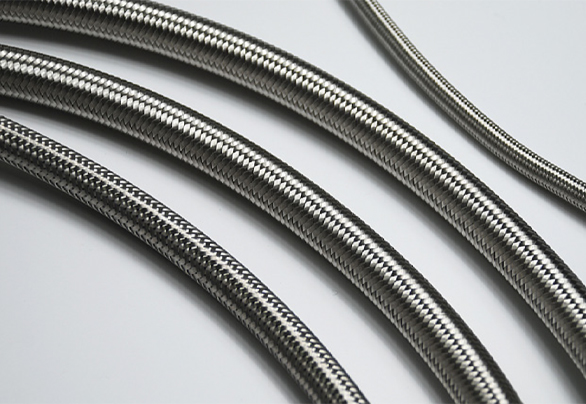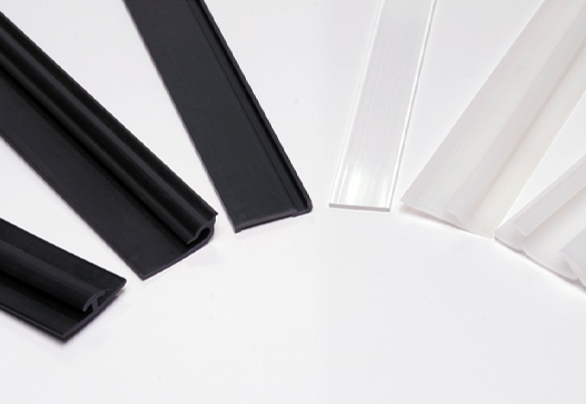- Home
- Applications
- Automotive
Automotive
When a vehicle is running on land, its components need to take into account a variety of terrain conditions and climatic temperatures, including highways, undeveloped roads, deserts, icy roads, etc., especially for safety at high speeds. In addition, the vehicle structure is complex, from the engine, chassis, and body to electrical devices and so on have different standards. The Society of Automotive Engineers (SAE International) specializes in developing a series of standardized specifications for the structure, design, and physical properties of automotive components for reference by the education community, government agencies, vehicle manufacturers, and the aftermarket. SAEJ20 and SAEJ30 are used as reference standards for the manufacture of coolant system hoses and fuel hoses.
Applications of rubber parts in the automotive industry:
Applications of rubber parts in the automotive industry:
- Coolant system hose: The coolant system of automobiles helps to maintain the engine temperature at 70–110 degrees Celsius when heat is generated to achieve fuel saving and high-efficiency performance. The radiator tube is used as the key point of coolant fluid delivery and must be designed to meet the complex structure of the engine compartment and be made of coolant liquid-resistant material.
- Electric vehicle cooling system: Unlike fuel vehicles, electric vehicles use EPDM pipes and silicone pipes as water cooling system pipes and connect to water pump tank pipes to maintain the normal operation of the battery cooling system.
- Fuel line: It can be classified into three major systems, which are fuel tank conveying system, turbine intake, and exhaust system, and fuel injection system, and can be divided into single-layer pipe, double-layer pipe, and multi-layer structure from the material structure of fuel pipe, in order to meet the relevant laws and regulations of various countries for the exhaust gas and low fuel hose permeation in the car driving.

Applicable Products
More

Formed Rubber Hose
More

Tire Gage Pump Hose
More

Car Tire Inflator Hose
More

Single-Layer Rubber Hose
More

Dual-Layer Rubber Hose
More

Outer Textile Braided Hose
More

Wire Outer Reinforcement Rubber Hose
More

Industrial Rubber Hose
More

Industrial Multi-Reinforcement Rubber Hose
More
Silicone Radiator Coolant Hose
More

Plastic Hose
More

Rubber Extrusion
More

Plastic Extrusion
More

Rubber + Sponge Co-Extrusion
More

Rubber Sponge Extrusion
